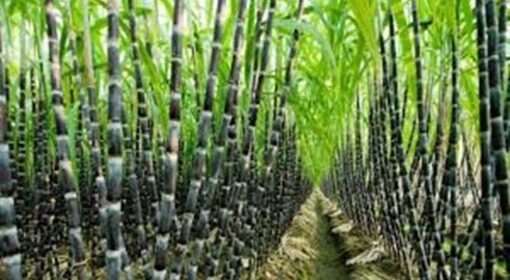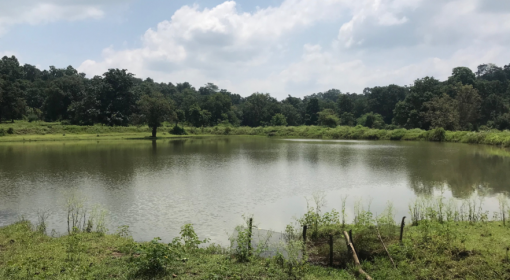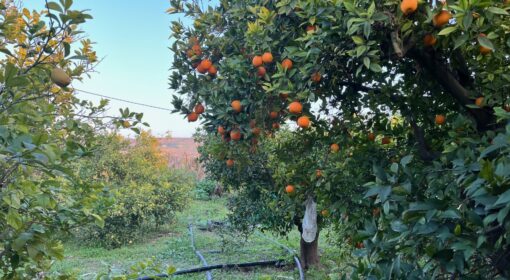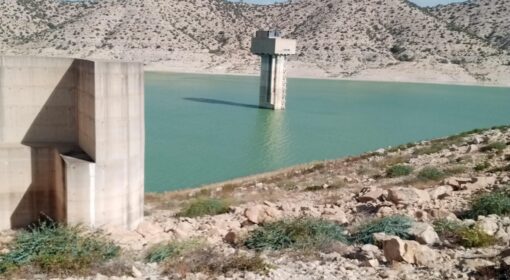Frank van Steenbergen, Emad Karablieh and Mohammed Ahamdan
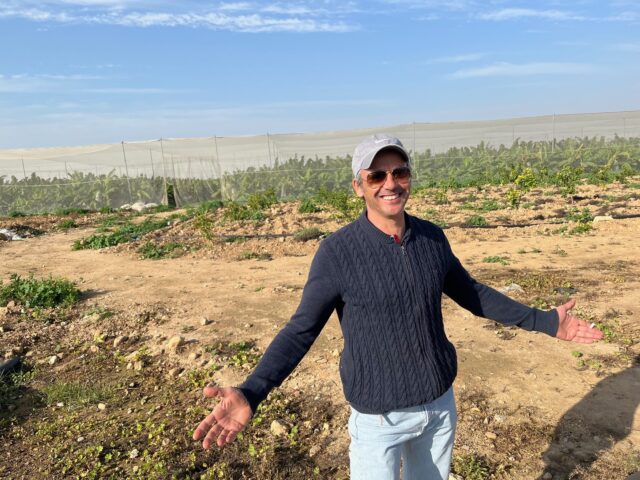
Postcard from Arda. Meet Hadi, growing tissue culture bananas in the Southern part of the Jordan Valley in Jordan, using his own mini-water treatment plant.
Here is how water gets to his farm: a miniature of the sophisticated and complicated water system in Jordan. Hadi receives surface water from the Jordan Valley Authority. The water in this section of the Jordan Valley is blended – surface water from the Yarmouk River and Lake Tiberias – mixed with water from the King Talal Dam which combines water from the Zarqa River with treated wastewater from Amman City. This surface water delivery is limited however, and not of high quality.
Blending continues from here. As the surface water is insufficient for the highly thirsty banana crop, Hadi complements the surface water supplies with groundwater. This is pumped up from underneath his farm area. The groundwater from his well is brackish and is – quite spectacular – routed through a reverse osmosis plant to make it useable for the banana crop. The well is 120 meter deep with the static water level at 12 meters. The water coming out of the well is 3000 ppm and with reverse osmosis the salinity is reduced to less than 100 ppm. The canal water is lightly brackish at 900 ppm but mixed with the treated groundwater the water delivered (combining not less than five sources) to the banana crops is a very suitable 500 ppm.
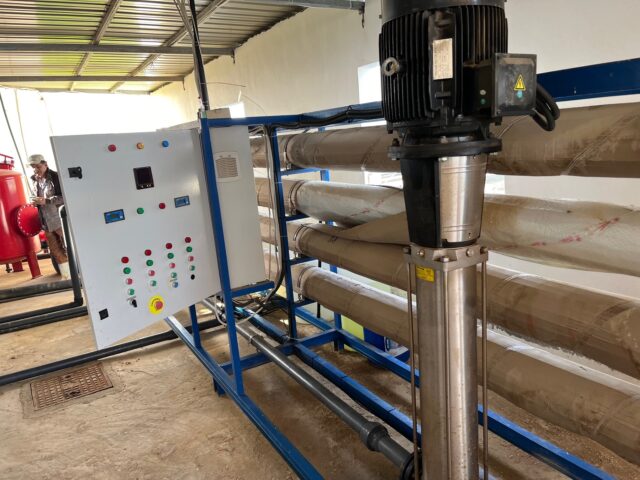
The groundwater in this area is enigmatic. The water that is pumped up from Hadi ‘s well for instance is full of algae, microbes, and sediment. This is unusual for groundwater – suggesting the well is very much in contact with polluted surface water. A second well that was developed for the farm at 100-meter distance was very different – it yielded water of 34000 ppm, as salty as seawater, and not economical to treat. This well was hence closed. The groundwater situation is not only enigmatic, but also fragile as some wells in the area are already losing their discharge, indicating capacities are limited and resources are dwindling.
Is this irrigated farming of the future? Blending and blending? Where is the limit or how long will this future last? To grow bananas in one of the world’s most water-stressed countries is mind boggling, as bananas are a crop from the humid tropics. Yet in the farm of Hadi it makes business sense, as it does elsewhere in the Southern Jordan Valley. With the efficient tissue culture, the yields are high and one dunum of bananas (0.1 ha) can make USD 3600. Without tissue culture USD 1800 is also still achievable. Last year Hadi had to do an emergency purchase of water from a neighboring farmer during the peak summer season, for which he paid USD 1.5 per cubic meter. With the average water requirement however being 350 to 400 cubic meters a year for 0.1 ha of bananas, water remains ‘affordable’ even with reverse osmosis and occasional costly purchases. Yet though the cost of pumping, water treatment, delivery and more can be calculated and the value of this water in the farm operation can be assessed, the true value of water against a future where in case of groundwater it is no longer available – salty or not – is a different thing. It is at the moment not priced: we may discover in the future that it was close to priceless.
